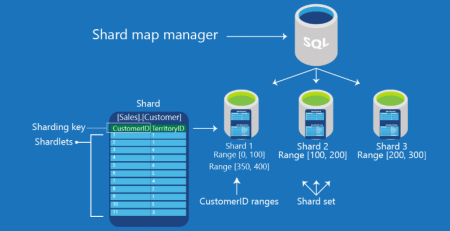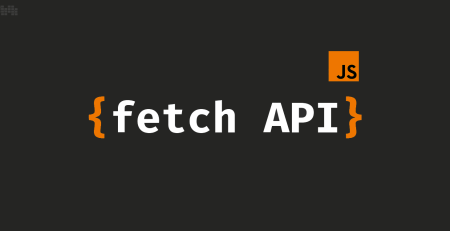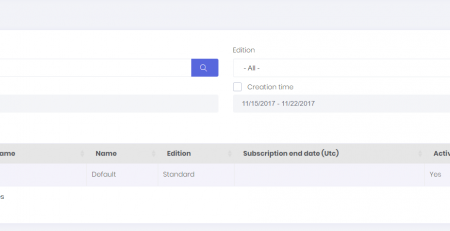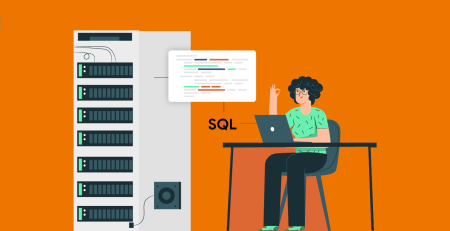C# Keywords Tutorial Part 88: uint
C# is an immensely popular object-oriented programming language used extensively for developing a diverse range of software applications, be it desktop, web, or mobile. C# provides a plethora of data types to store various types of values, with uint being one such type. In this blog post, we will provide a detailed discussion of the uint data type and delve into its usage in C# programming.
What is uint in C#?
uint is a built-in data type in C# that represents an unsigned 32-bit integer. Unsigned means that the value stored in a uint variable is always positive and does not contain a sign bit like other integer data types, such as int. The uint data type can store integer values ranging from 0 to 4,294,967,295 (2^32-1).
How to use uint in C#?
To use the uint data type, you can declare a variable of type uint followed by the variable name. Here is an example:
uint myNumber = 100;
In the above example, we declare a uint variable myNumber and initialize it with the value 100.
You can perform arithmetic operations on uint variables just like other integer data types. Here is an example:
uint myNumber = 42; uint shiftedNumber = myNumber << 1;
In the above example, we declare a uint variable myNumber and initialize it with the value 42. We then use the left shift operator (<<) to shift the bits of myNumber to the left by one position. The result is stored in the shiftedNumber variable and has the value 84.
Why use uint in C#?
The uint data type is useful in several situations, such as:
- When you know that the values you are working with will always be positive,
uintcan help you catch errors where negative values are accidentally introduced into your code. uintis more memory-efficient than other integer data types that store a sign bit, such asint. This can be especially useful when working with large arrays of integers.uintis often used for bitwise operations, where the sign bit is not needed.












Leave a Reply